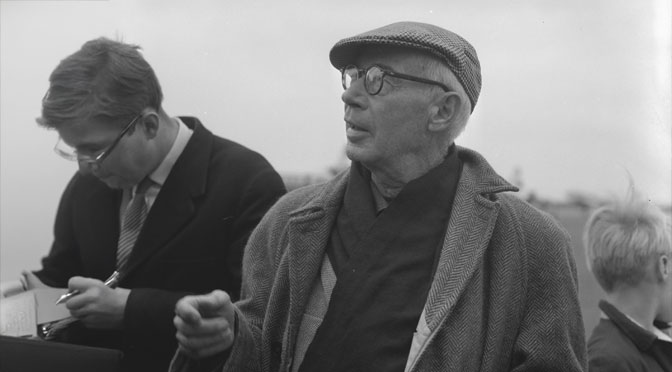Henry Miller is one of the most famous authors of the 20th century, whose works came into conflict with the censorship authorities both because of their literary quality and their explicit depictions of sexuality. His experiences show how censorship works in literature and how a work can find international recognition despite being banned.
How censorship worked in the case of Henry Miller
Henry Miller’s first novel, “Tropic of Cancer”, published in 1934, was immediately met with resistance due to its open portrayal of sexuality and content that was perceived as obscene. Publication of the book was banned in the United States for over 30 years because it violated the strict obscenity laws of the time. The main reason for the censorship was that the book was classified as “immoral”, which in many Western countries meant that it was not allowed to be distributed.
Reasons for censorship:
Obscenity: Miller’s works were considered obscene because they spoke bluntly about sexuality without observing the moral restrictions in force at the time.
Danger to public morals: It was feared that such books could “corrupt” youth and society because they not only contained sexual content but also questioned social norms and values.
Breaking taboos: Miller’s style was characterized by an anarchist worldview that challenged established structures of morality, religion, and culture.
International distribution despite bans
Despite censorship in the United States, Miller’s books found their way into international distribution, particularly in Europe. In France, where “Tropic of Cancer” was first published, the book enjoyed relatively free rein as the cultural atmosphere there was more liberal.
- Black market and collections: In the United States, Miller’s books were often sold secretly under the counter, while in England and Canada they were also banned or difficult to access. Nevertheless, the works managed to spread through the black market via collectors and booksellers.
- Support from prominent writers: authors such as George Orwell, Lawrence Durrell and Anaïs Nin championed Miller’s work and helped to ensure that his books gained recognition in intellectual circles. Orwell wrote in his essay “Inside the Whale” that Miller was one of the few authors who wrote honestly and uncompromisingly about the reality of human life.
The lifting of censorship and changes in reception
In 1961, “Tropic of Cancer” was finally published legally in the United States after Grove Press fought successfully against the ban. The case “Grove Press, Inc. v. Gerstein” led to a milestone in the American legal system, with the court ruling that Miller’s work had literary merit and was not purely obscene. This fundamentally changed censorship laws and allowed for greater artistic freedom in the United States.
Reception today:
- From scandalous author to classic: What was once considered offensive and corrupting is now regarded as influential and artistically valuable literature. Miller is now seen as one of the most important writers of modern times, who pushed the boundaries of literary expression with his work.
- Film adaptations and mainstream success: Many of Miller’s works were made into films in the late 1960s and 1970s, including “Tropic of Cancer” (1970) and “Quiet Days in Clichy” (1970). These films helped to move Miller out of the scandal and into the mainstream, as his works were now made accessible to a wider audience.
4. Parallels to other works of erotic literature
- D.H. Lawrence – “Lady Chatterley’s Lover” (1928): This book was banned in the UK and US for decades because it was considered indecent. The explicit sexual content, combined with a relationship between a married woman and her gardener, led to a massive scandal. It was not until 1960 that the ban was lifted in Great Britain, after a landmark court case that ruled that the book had literary merit despite its erotic content.
Vladimir Nabokov – “Lolita” (1955): “Lolita” was banned in several countries, including France and the UK, because it depicted the obsessive sexual relationship of an older man with a young girl. Similar to Miller, the book was later recognized as a literary masterpiece, and the moral outrage faded into the background while the artistic value came to the fore.
Henry Miller’s works exemplify how censorship worked and the ways in which authors could find ways to gain international recognition despite these restrictions. The lifting of censorship on Miller’s works marked an important step in the loosening of the moral and literary restrictions of the 20th century. Today, Miller is not only regarded as a “scandalous” author, but as a literary pioneer who pushed the boundaries of expression. The parallel cases of other works of erotic literature, such as “Lady Chatterley’s Lover” and “Lolita”, show that erotic literature often initially meets with resistance, but can ultimately be rehabilitated on the basis of its literary value.

